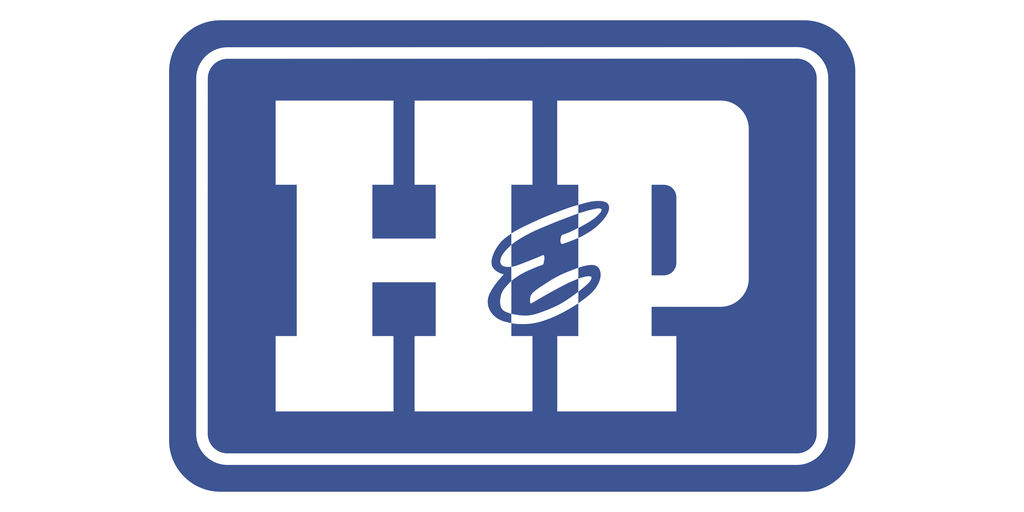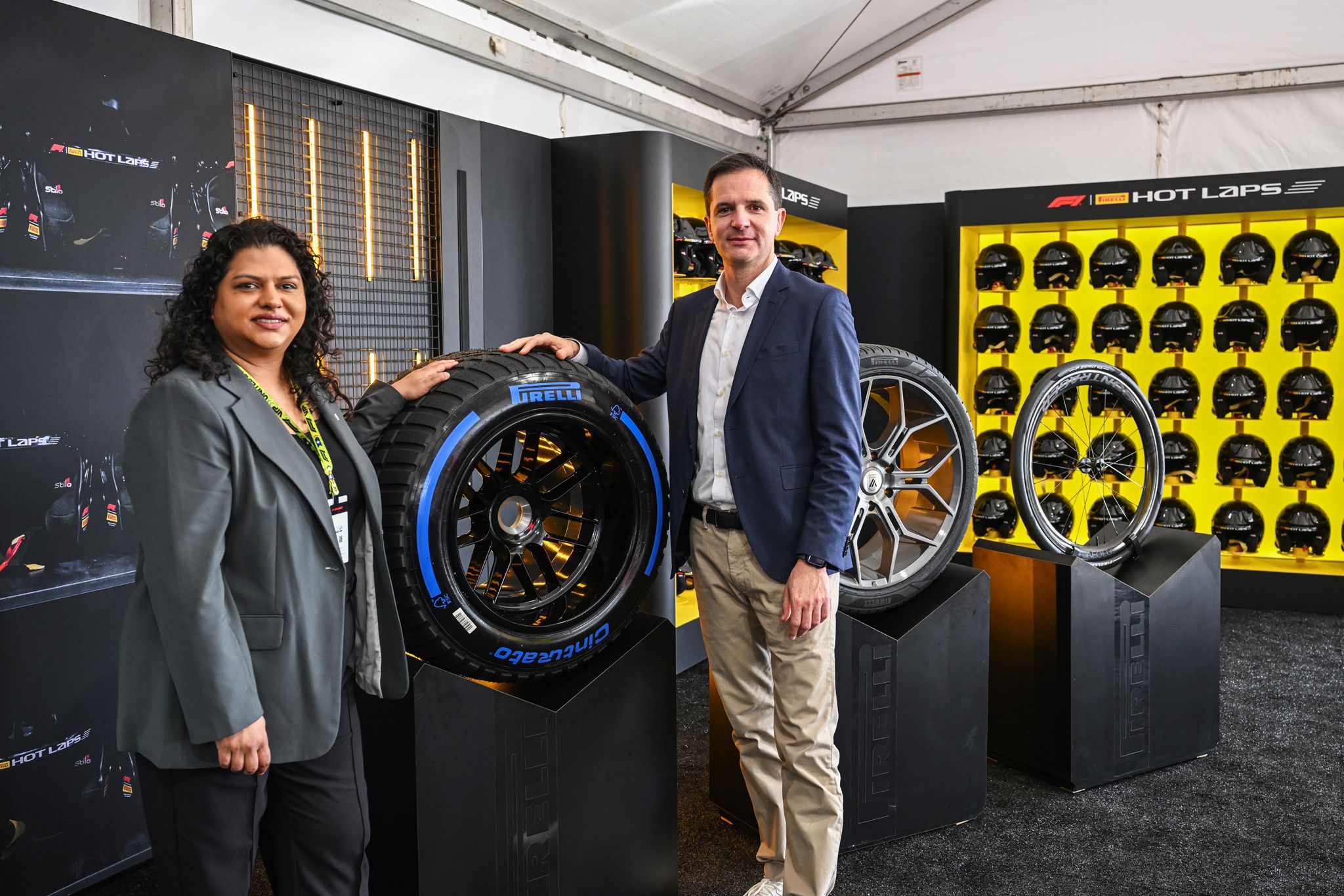Support CleanTechnica’s work through a Substack subscription or on Stripe.
About a week ago, I wrote an article about Colorado increasing its EV purchasing incentives. The federal EV incentives are gone, so it matters a lot if some US states still offer them. I wondered if California still has its incentives, and the answer is yes, fortunately — at least according to a CA state website.
California has the most electric vehicles in the US and it’s a huge state with about 39 million people. It also easily has the largest number of public EV charging ports.
In cities such as LA, San Diego, San Jose, Stockton, Sacramento, San Francisco, Oakland, Alameda, Richmond, and Santa Clara there is too much air pollution that is bad for human health and the environment.
The State of California Clean Driving Assistance Program has incentives to help California residents get cleaner vehicles. (I called the contact number and confirmed the program is still active.)
For residents interested in scrapping and replacing their old vehicles,
“Program eligible and program qualified participants can receive up to $10,000 to purchase or lease a new or used battery electric vehicle (BEV), plug-in hybrid electric vehicle (PHEV), or fuel cell electric vehicle (FCEV). Income-qualified participants who reside in designated Disadvantaged Communities (DACs) are eligible for up to $12,000 for these vehicles.
“Participants residing in an air district with a CC4A program will not be eligible to scrap and replace with DCAP but can still go through the financing assistance pathway. If they want to scrap and replace, they will have to go through the air districts program.”
Residents who don’t have a vehicle to scrap can still get assistance. “DCAP can provide program eligible and program qualified community members with up to $7,500 to purchase or lease a new or used battery electric vehicle, plug-in hybrid electric vehicle, or fuel cell electric vehicle. Community members are not required to scrap a gas vehicle to take advantage of Financing Assistance pathway.”
Apparently, there are some charging-related incentives too. “Participants who are approved for DCAP incentives can choose one of two charging incentives: $2,000 towards the purchase and installation of level 2 home charging equipment. We’ve partnered with GRID Alternatives to offer professional home charger installations. A $2,000 prepaid charge card to pay for public charging.”
When looking online, there was a used Chevy Equinox EV for about $26,000 before incentives. With incentives it could be about $14,000 – $19,000. That price is before any potential savings from using electricity rather than gas or diesel, and potential savings from lower maintenance and repairs.
A brand new Equinox EV is about $37,000, and with incentives it could be about $25,000 to $30,000. This price is also before any potential savings from fuel, and maintenance and repairs.
There is also a potential discount from having a Costco membership for some members who can get a deal from participating Chevy dealers in California, although I don’t live there and don’t know who is eligible exactly.
There might be a tendency for some people to assume that US EV sales will suddenly collapse because the federal incentives are gone, but California and Colorado still offer some, so their local EV sales might not suddenly fall apart. If the two largest EV markets in the US do not collapse, then it does not appear accurate to say the national US EV sales will collapse.
Sign up for CleanTechnica’s Weekly Substack for Zach and Scott’s in-depth analyses and high level summaries, sign up for our daily newsletter, and follow us on Google News!
Have a tip for CleanTechnica? Want to advertise? Want to suggest a guest for our CleanTech Talk podcast? Contact us here.
Sign up for our daily newsletter for 15 new cleantech stories a day. Or sign up for our weekly one on top stories of the week if daily is too frequent.
CleanTechnica uses affiliate links. See our policy here.
CleanTechnica’s Comment Policy




